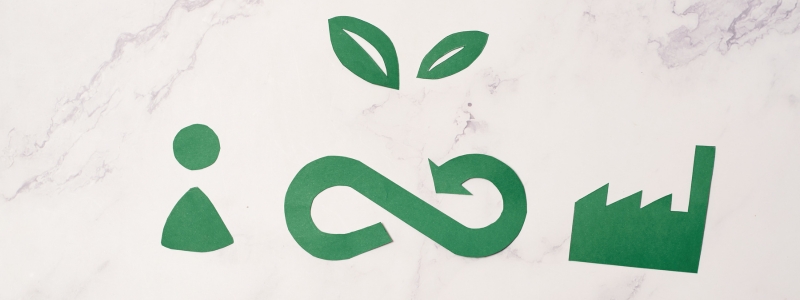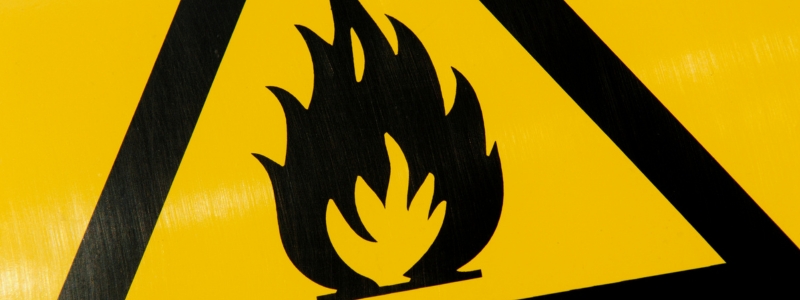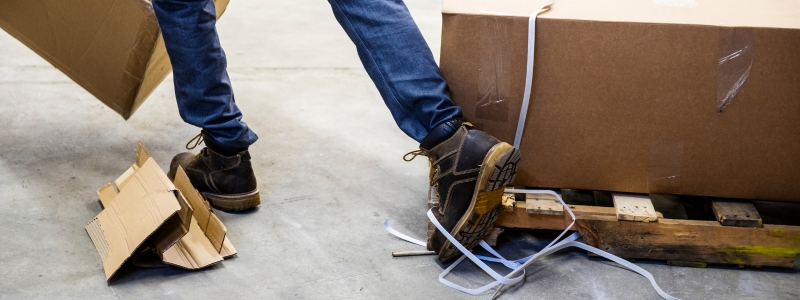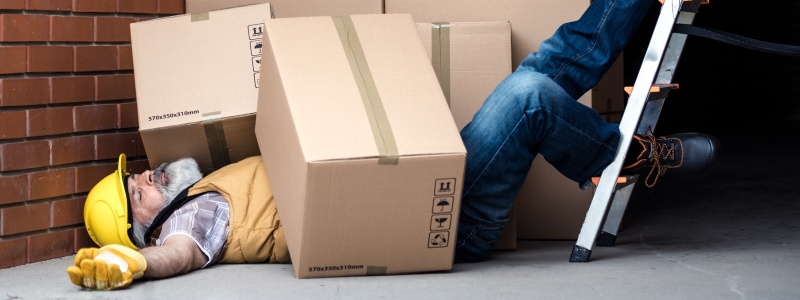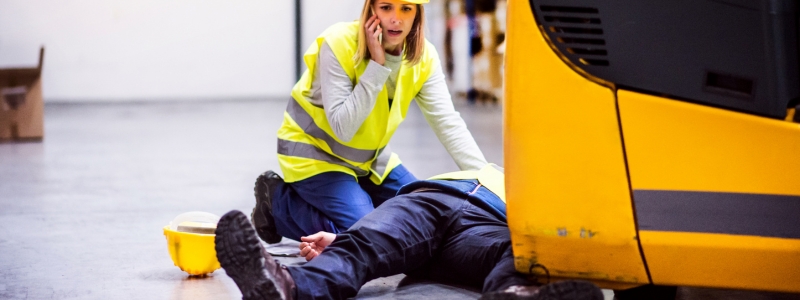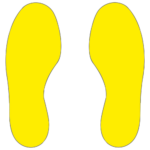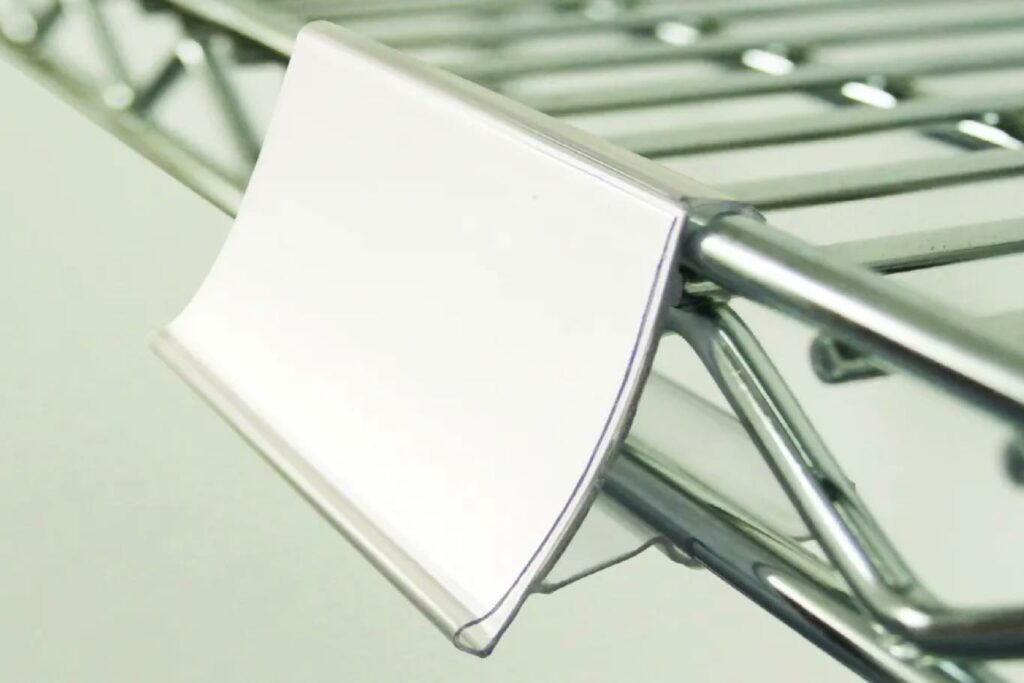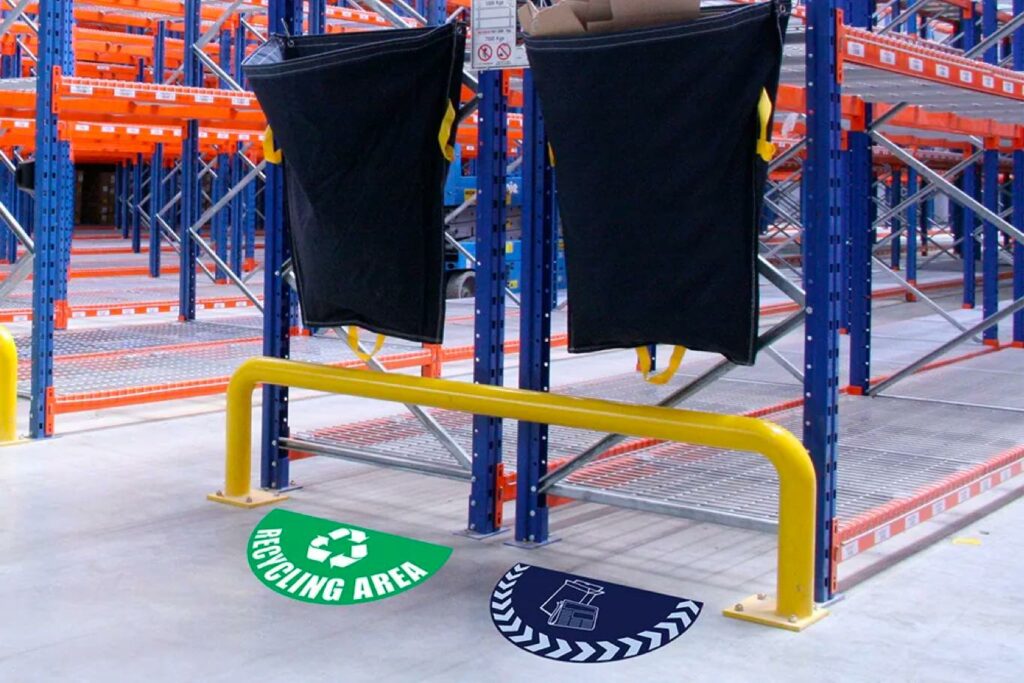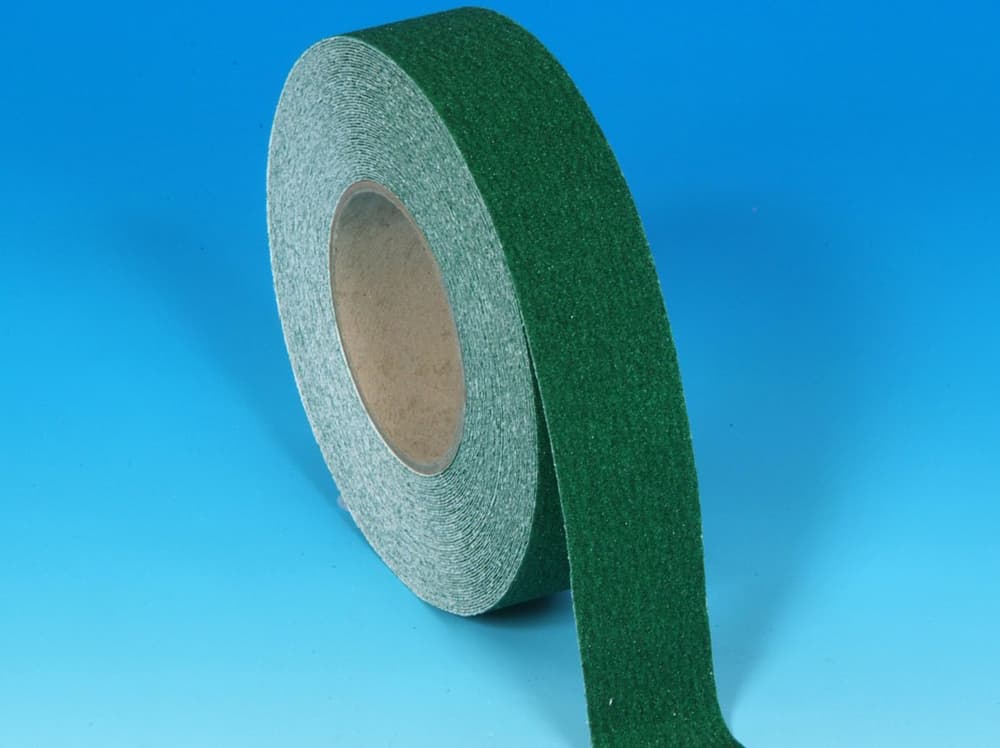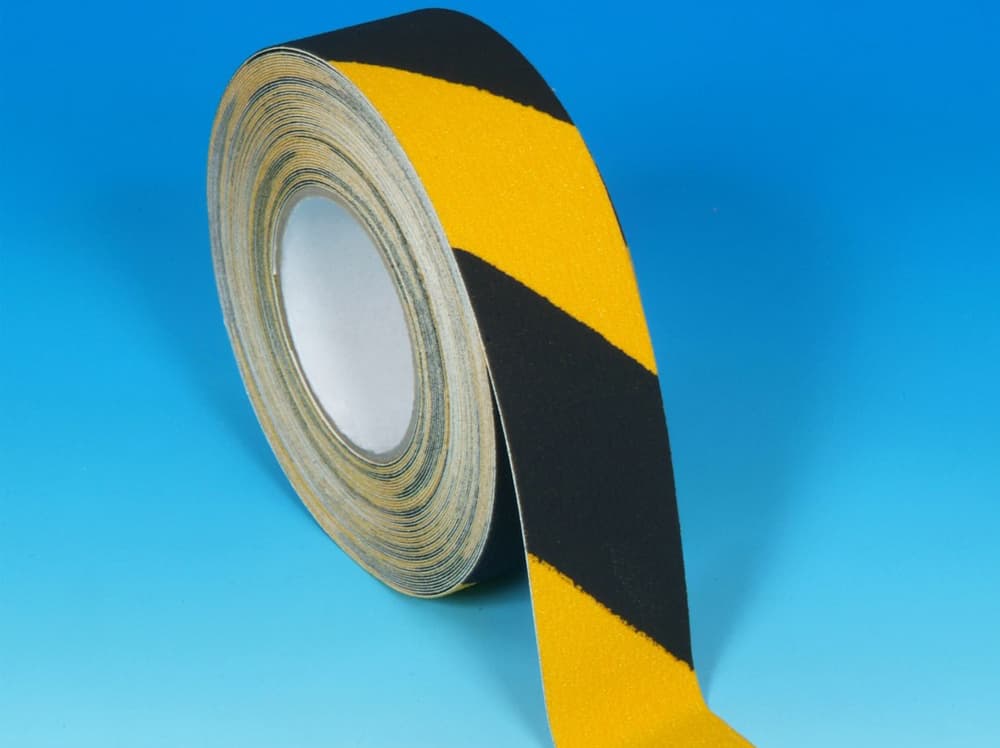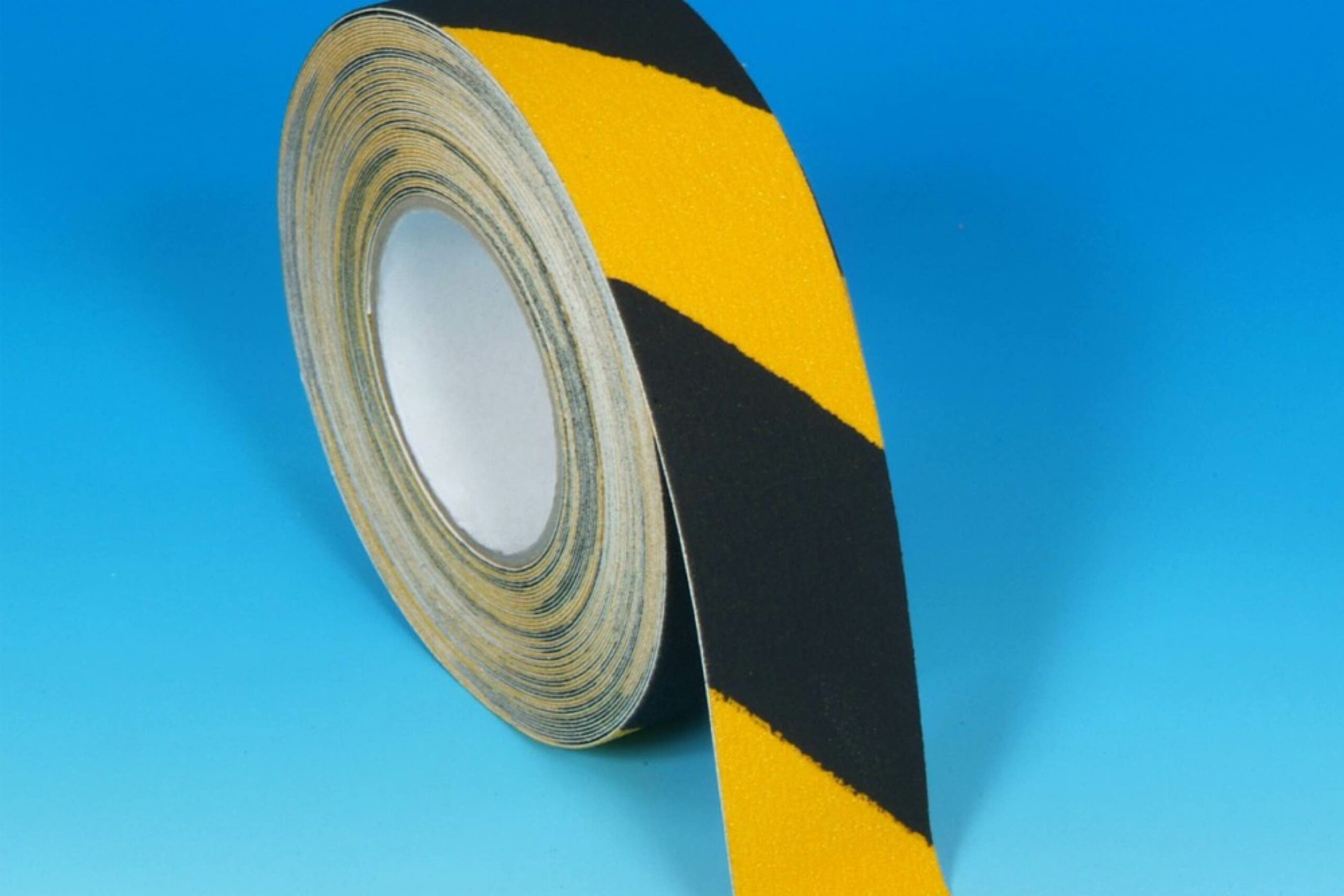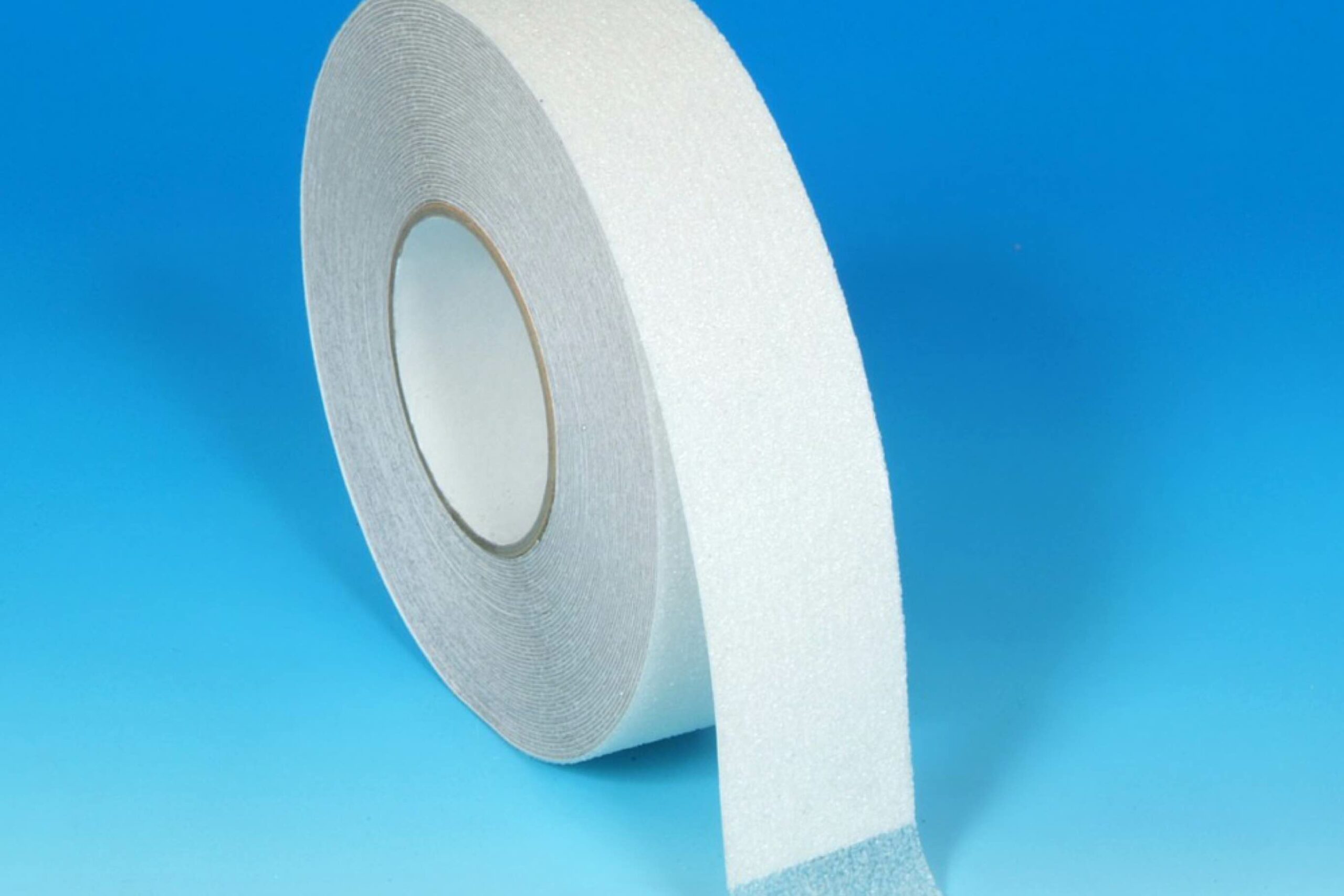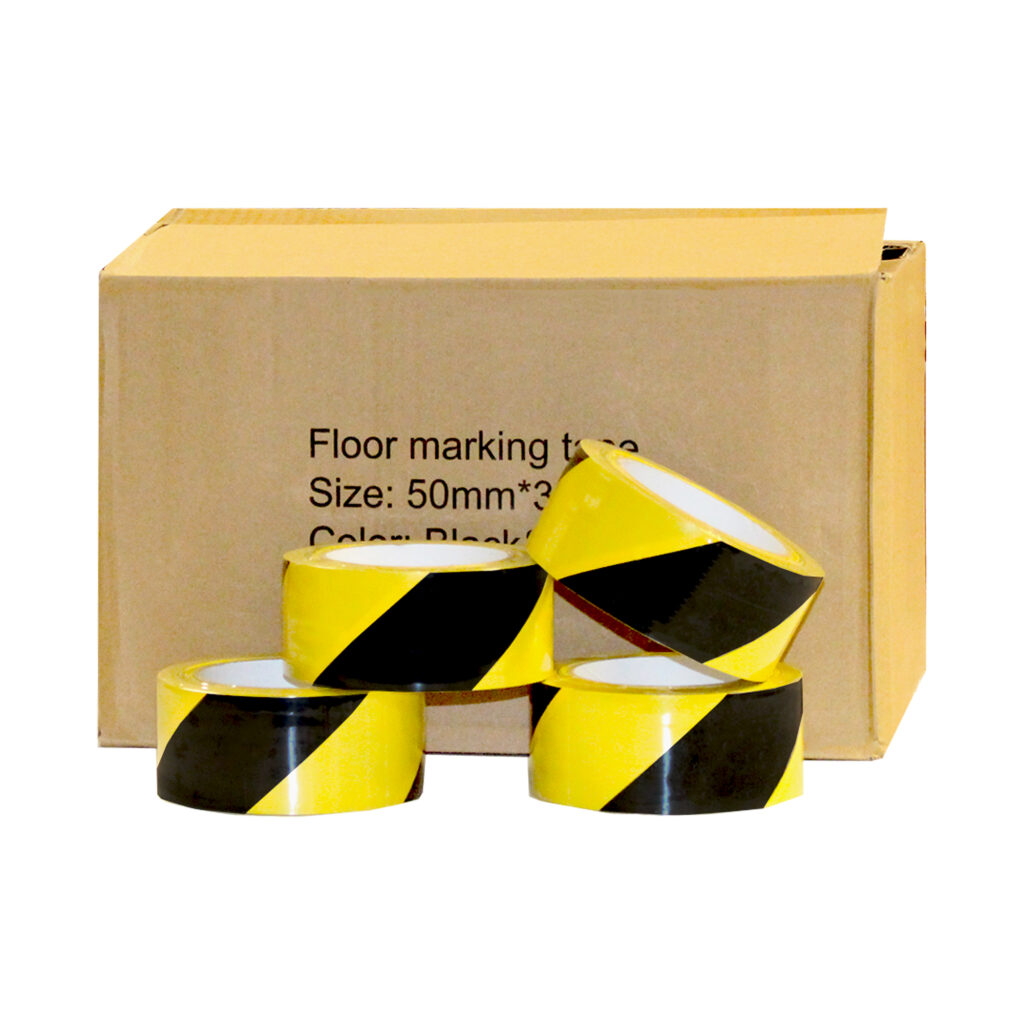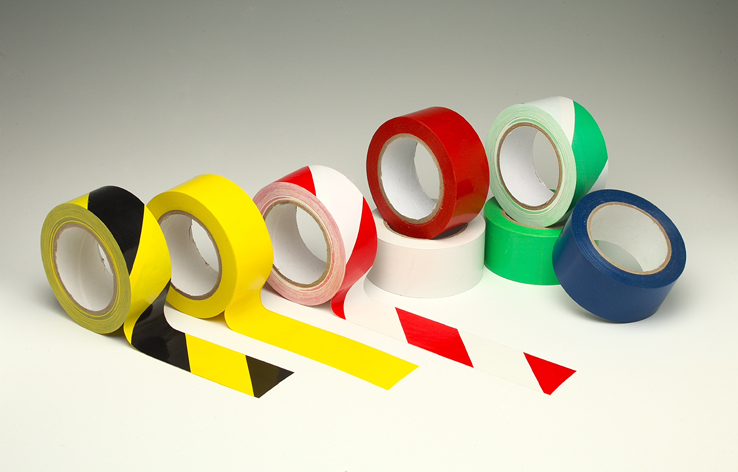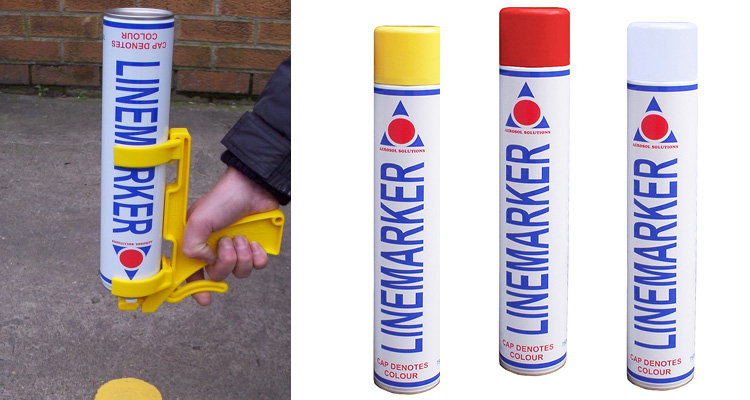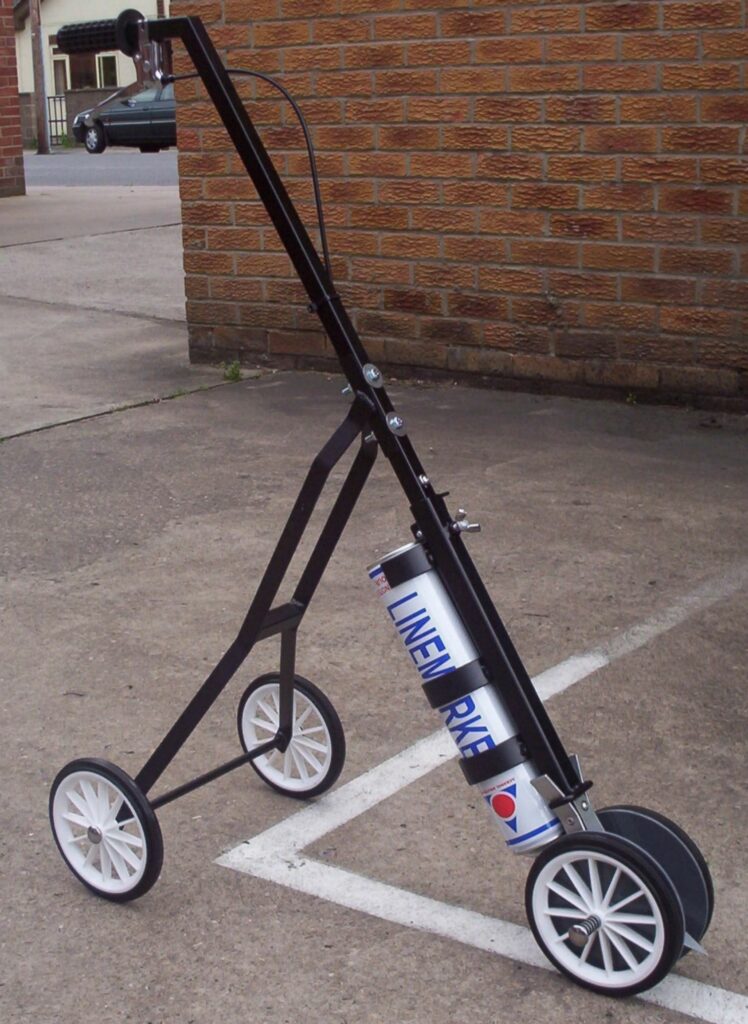Are you thinking about going zero-waste in your warehouse? Awesome! It's a challenge, but the rewards are worth it. The name of the game here is all about teamwork and getting creative to cut down on waste.
So, what's the deal with a zero-waste strategy? Well, it's basically about doing everything you can to reduce, reuse, and recycle materials so you're not generating a bunch of waste.
But hold up a second. What should you do to make this zero-waste thing happen in your warehouse? And are there any tips and tricks to make it work smoothly? Well, we're about to dive into that, so stay tuned!
What is a Zero-Waste Strategy?
‘The zero waste ideology involves minimising the number of wasted materials and resources. This encompasses the whole production process, from manufacturing to consumption. It also encourages reusing and recycling instead of landfills and incineration or recovery, which is often referred to as energy from waste.’ - Acquisition International
Put simply, to implement an effective zero-waste strategy, businesses must focus on the ‘3 Rs’:
- Reduce: This means you're doing your best to generate less waste. Try to cut down where you can and for everything else... 👇
- Reuse: Whenever you can, give things a second life. Don't toss stuff if it's still got some juice left in it. Get creative and use things again and again.
- Recycle: If you can't reuse something, don't fret. Recycling comes to the rescue. It takes an item and gives it a makeover, turning it into something fresh and new. Our racksack® waste segregation bin is a great way to sort waste materials to make recycling a breeze.
So, remember these 3 Rs, and you're on your way to being a zero-waste champ! 🌍♻️
Implementing Your Zero-Waste Strategy
Check Where You're At
So, first things first, take a good look at what's happening in your warehouse. Be honest with yourself. You may already be doing some great stuff to reduce waste - kudos for that! But there's likely room for improvement, too. Take stock before moving on to the next step.
Set Clear Goals
Don't jump straight into the zero-waste superhero mode. You've got to set some smaller, bite-sized goals along the way. Think of these as your pit stops on the road to zero-waste greatness. For instance:
- Start by getting cosy with the 3 Rs - reduce, reuse, and recycle.
- Teach your team the ropes on why zero-waste matters.
- Consider swapping out those not-so-eco-friendly materials for some greener options.
Sort That Waste Out
Waste can be a messy business, right? So, make life easier with designated waste sorting stations. You know, big, labelled bins for recyclables, regular trash, organic stuff, and anything hazardous.
And here's a handy tip: check out our racksack® waste segregation solutions. They help you keep your warehouse clean, safe, and green. Plus, they don't hog your precious floor space. In fact, here's five reasons why your warehouse should use racksack®.
Team Up With Your Suppliers
Don't go solo on this mission. Team up with your suppliers and let them in on your zero-waste game plan. Ask them to go easy on the packaging and push for eco-friendly materials.
Contact Us
Our Beaverswood® products are all about durability and reusability, which is great for your pocket and the planet.
Need more info? Hit us up to talk warehouse recycling sorting bins, fully recyclable impact protection, and reusable products, such as our super durable ticket holders!

